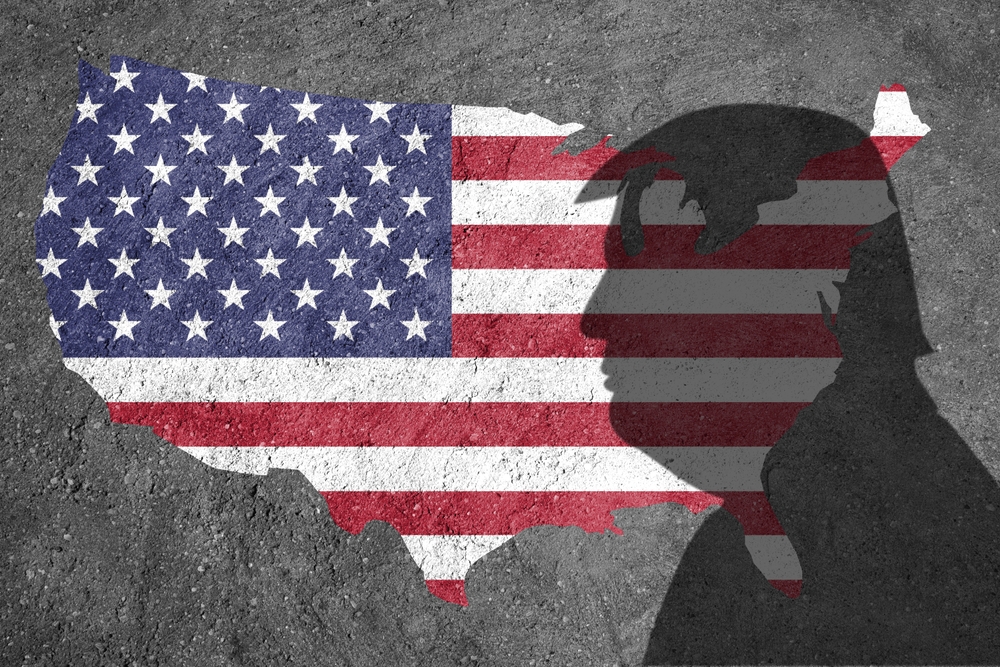In recent weeks, the United States has agreed on a series of limited trade deals to defuse tensions following the tariff increases in April. On 12 May, a temporary deal with China paused the previously prohibitive tariffs—145% on Chinese imports and up to 125% on U.S. goods—for 90 days, replacing them with reduced rates of 30% and 10%. A similar step was taken with the United Kingdom: under a quota system, tariffs on UK-made cars were cut from over 25% to 10%, and steel duties were removed, while a 10% levy remains on other goods. Talks with India also progressed, focusing on easing specific trade barriers.
The White House called both agreements “starting points”; experts question their success.
US-China trade deal
The trade deal between the US and China is a “significant de-escalation”, says Fitch Ratings, but it does not mean the trade war is over. “The announcement suggests a willingness to avoid a sustained collapse of US-China trade flows that would severely disrupt the world’s two largest economies,” the rating agency says.
“Impacts of the trade war are just about to unfold, and some are not erasable by whimsical policy changes. It is complacent to assume there will be no structural consequence,” says Anna Rosenberg, Head of Geopolitics, Amundi Investment Institute.
“Trade deals normally lower barriers and costs; these frameworks are simply securing a “less bad” outcome,” notes Columbia Threadneedle Investments Senior Economist Anthony Willis, and adds: “Thankfully, given the extremely high levels of tariffs between the US and China have been in place only for a limited time, the economic damage should only be relatively superficial. The front-running of trade before the tariffs kicked in, and the drop off in shipments from China to the US in the past few weeks, still has the scope to cause plenty of confusion in the economic data before it settles down.”
US-UK trade deal
Ronald Temple, Lazard’s Chief Market Strategist says: “This agreement is likely the first of many, but one takeaway is that the agreements are likely to be light on details and more conceptual in nature, as trade negotiations often take years to complete. Given that the tariff rate across all UK exports to the United States does not appear to have declined materially in this deal, it could also be seen as a negative signal for other countries with less close relations with the United States.”
“Overall, the deal is advantageous for the United States. The agreement makes the situation better for the United Kingdom than that which prevailed since April 9, but significantly worse than before Trump’s arrival,” opines Philippe Waechter, chief economist of Ostrum Asset Management. “The impact on the UK economy will be very limited, particularly on the trajectory of GDP, but on a microeconomic level it will be more complicated,” he adds.
“Markets hope this is the beginning of the end of the tariff story. While this could well be the case, the upside in terms of capital gains from here in risk assets appears to be limited given where valuations are,” explains Felipe Villarroel, Portfolio Manager at Vontobel. “For fixed income investors, this should not present a problem as yields remain attractive, but we do remain cautious in our asset allocation.”
Read more

Global Trade
Trump ignites global trade war / Reactions
The USA itself will be the victim of Trump’s trade policy.

Private Debt
The case for private debt in real asset financing
What makes the combination of private debt and real assets particularly compelling in today’s market?

Schroders
Looking ahead: 30-year return forecasts
Higher returns are expected across asset classes, driven by stronger productivity growth for equities and elevated long-term central bank rate projections for bonds.

Quant Investing
AI and quantitative investing
Artificial intelligence applications go way beyond stock selection.

Bellevue Asset Management
Demographics and AI drive MedTech stocks
MedTech investment case: What makes it attractive, which trends stand out?





















